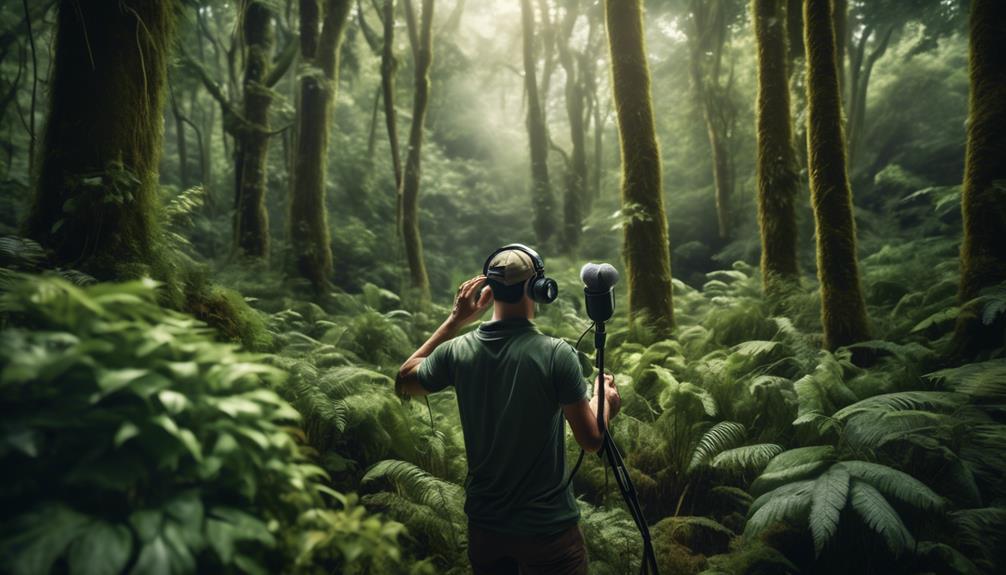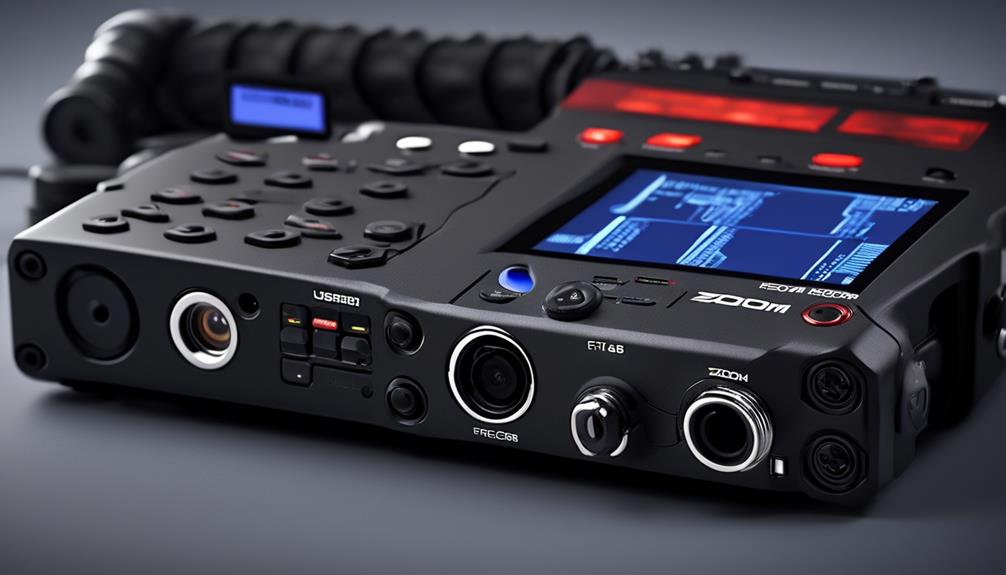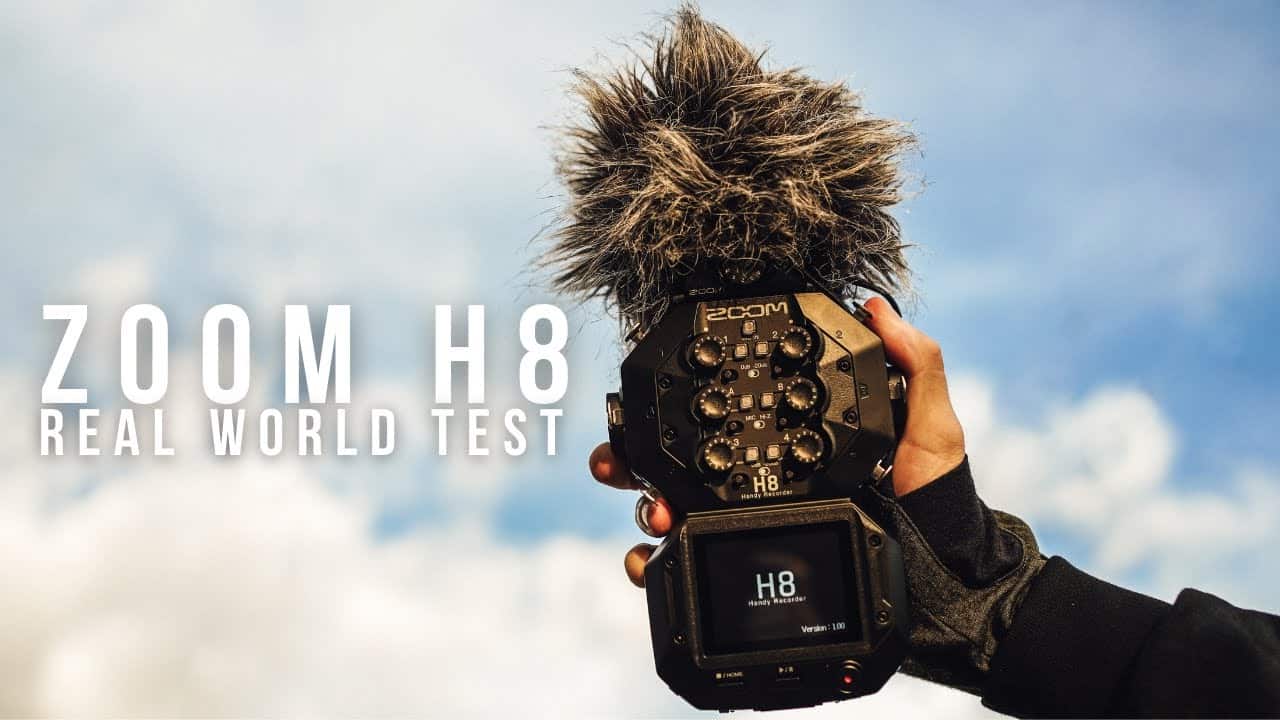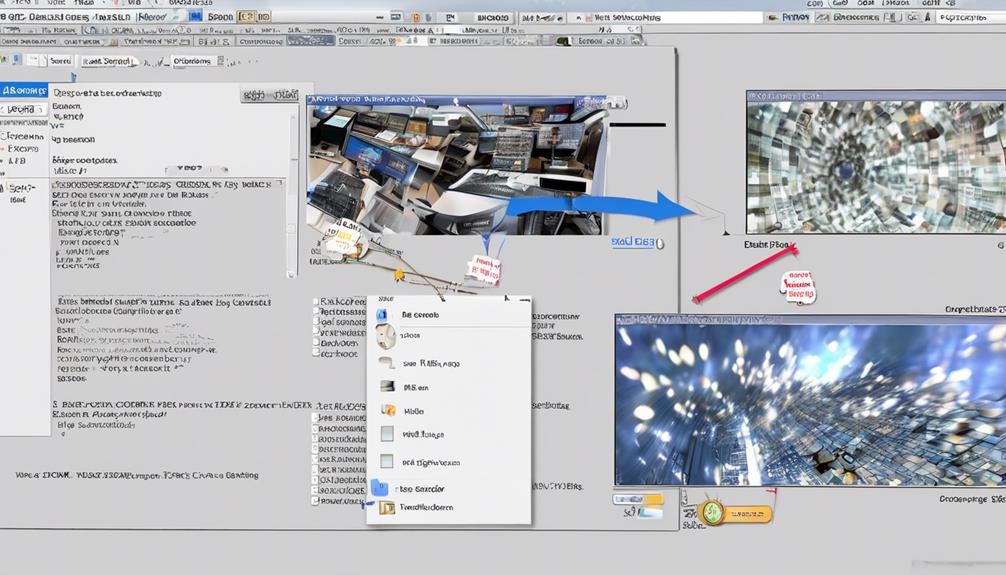When recording in the field location, it feels like embarking on a sonic adventure, delving into unfamiliar territories to capture the intricate details of sound.
From the gentle rustle of leaves to the rumble of a passing train, each location offers a unique tapestry of auditory experiences waiting to be captured.
But what exactly are these different types of field location recording, and how do they contribute to the broader landscape of sound?
Let's explore the diverse realms of nature sounds, sound effects, transportation, personal spaces, and urban environments, each offering its own distinct sonic palette that adds depth and richness to the world of audio recording.
Key Takeaways
- Nature sounds and sound effects play a crucial role in capturing and preserving the essence of specific environments, evoking tranquility and appreciation for the beauty of the planet.
- Portable recorders and various microphones are essential tools for capturing sounds in nature and transportation settings, allowing for an authentic reproduction of spatial qualities and immersive soundscapes.
- Field recording techniques need to be adjusted based on the acoustic characteristics of personal spaces and urban environments to capture the full range of sounds and convey the unique blend of natural and man-made sounds present in these locations.
- Stereo recording techniques are effective in capturing the immersive and dynamic qualities of transportation and urban soundscapes, enriching the sonic tapestry of media production.
Nature Sounds
Capturing nature sounds in field recording allows us to preserve the essence and emotional connection of specific environments through their rich and diverse sonic environments. When we embark on field recordings in nature, we harness the power of sound to encapsulate the unique atmosphere of each location.
The use of portable digital recording devices enables us to delve into the intricate symphony of natural sounds, employing the stereo recording technique to authentically reproduce the spatial qualities of the environment. This approach facilitates the faithful representation of the nature of sound, capturing the subtle nuances and ambient acoustics that define a particular setting.
In the realm of acoustic ecology, the significance of recording nature sounds becomes evident as we seek to document and understand the intricate relationships between living organisms and their sonic surroundings. The gentle rustle of leaves, the melodious chorus of birds chirping, and the rhythmic crashing of waves all contribute to the immersive experience of natural soundscapes.
Through field recordings, we not only transport listeners to these serene environments but also foster a profound connection to the natural world, evoking a sense of tranquility and appreciation for the beauty of our planet.
Sound Effects

The rich and diverse sonic environments found in nature can be complemented and enhanced through the use of sound effects, providing a deeper layer of creativity and realism to media production. Field recording allows us to capture an extensive range of sounds, and adding sound effects can take these recordings to a new level.
Whether it's the roar of a distant waterfall, the rustling of leaves in the wind, or the chirping of birds, sound effects can enrich these natural sounds, creating a more immersive and realistic recording. Portable recorders and a variety of microphones, such as shotgun mics, lavalier mics, and binaural mics, are essential tools for the field recordist looking to capture sounds for sound effects.
From the bustling streets of urban environments to the unique acoustic qualities of personal spaces, the possibilities for creating realistic sound effects through field recording are vast. Whether it's the clang of pots and pans in a kitchen or the echo of footsteps in a hallway, sound effects can add an extra dimension of authenticity to field recordings, enriching the sonic tapestry of media production.
Transportation

Exploring transportation environments through field recording allows us to capture the dynamic sounds and rhythms associated with various modes of travel. When engaging in transportation field recording, it's essential to consider the following:
- Portable Recorders: Utilizing portable recorders is crucial for capturing on-the-go sounds in transportation settings. These devices enable field recordists to move freely and record without being tethered to a fixed location.
- Microphones: Selecting the right microphones is pivotal in transportation field recording. Directional microphones are effective for isolating specific sounds in bustling transportation hubs, while binaural recording techniques can replicate the spatial experience of being in the midst of a transportation environment.
- Stereo Recordings: Implementing stereo recordings can authentically convey the immersive nature of transportation soundscapes. It enables the preservation of spatial characteristics and ambient nuances within the recording.
- Sound Design: Transportation field recording offers a wealth of material for sound design. It provides an extensive range of audio elements that can be manipulated and incorporated into diverse creative projects.
Engaging in transportation field recording with the appropriate recording equipment empowers the capture of authentic auditory experiences associated with different modes of travel.
Personal Spaces

As we move from the vibrant sounds of transportation environments, our focus shifts to the intimate auditory experiences found within personal spaces. Field recording in personal spaces requires a different approach compared to other environments. Portable recorders and a high-quality mic are essential tools for capturing the nuances of personal audio environments.
When recording in personal spaces, the field recordist must be mindful of the acoustic characteristics of the location and adjust the recording techniques accordingly. The sampling rate of the audio is crucial in capturing the full range of sounds recorded, especially in settings with subtle or delicate sounds.
In personal spaces, the sounds recorded can range from the delicate hum of a computer fan to the intricate details of a quiet conversation. The goal is to capture these sounds authentically, preserving the intimate nature of the environment. This requires a keen understanding of how to position the mic for optimal audio capture without intruding on the personal space.
Field recordists must also be attuned to the potential impact of their presence on the natural flow of sounds within these settings.
Urban Environments
Navigating through urban environments presents field recordists with a myriad of auditory experiences, each offering a unique blend of natural and man-made sounds. When recording in urban environments, field recordists encounter diverse sonic perspectives, capturing the dynamic and evolving soundscape of city life.
Here are some key elements to consider when conducting field recording in urban environments:
- Sound Sources: Urban environments offer a wide range of sound sources, from bustling city streets and public spaces to specific locations like farmers markets, protests, or parades. Each location provides a unique sonic perspective for field recording.
- Transient Sounds: Capturing transient sounds, such as street performers, passing vehicles, and human activities, is essential to convey the liveliness of urban environments.
- Stereo Recording: Utilizing stereo recording techniques can effectively capture the spatial and dynamic qualities of urban soundscapes, providing a sense of immersion for the listener.
- Indoor and Outdoor Recording: Urban field recording involves recording both indoor and outdoor environments, requiring field recordists to adapt to different acoustic characteristics and manage background noise effectively.
When conducting field recording in urban environments, portable recorders and contact microphones are essential tools for capturing the diverse and vibrant sounds of city life.
Frequently Asked Questions
What Are the Different Types of Recordings?
When we talk about recording, we encounter a wide array of sounds. From the outdoor environment and remote locations to urban settings, we capture natural sounds, wildlife recordings, and environmental ambience.
Additionally, we delve into cultural events, historical sites, and industrial sounds, creating diverse soundscapes and atmospheres. Each type offers a unique opportunity to explore and capture the essence of the world around us.
What Is Field Work Recording?
Field work recording immerses us in outdoor environments, capturing natural and man-made sounds. It's a journey to remote locations, embracing wildlife sounds, cultural events, urban settings, and historical sites.
It's about capturing the essence of environmental ambience, rural landscapes, and ethnographic research. Our equipment and techniques allow us to preserve these moments with precision and artistry.
It's a profound way to appreciate and preserve the world's diverse soundscape.
What Are Field Recorders Used For?
Field recorders are versatile tools for capturing a wide range of natural sounds. They're used to record wildlife sounds, outdoor ambience, and environmental noises, adding depth and authenticity to audio projects.
Additionally, they facilitate remote interviews, location interviews, and capture outdoor events such as outdoor concerts. These devices enable us to collect environmental effects and remote soundscapes, enhancing the richness and immersive experience of our recordings.
What Is Field in Studio Recording?
Field recording involves capturing natural ambience and environmental sound in an outdoor environment. It allows for mobile recording and on-location audio collection.
In a studio environment, field recording refers to remote recording techniques, capturing the essence of a specific location. It offers a unique way to capture and appreciate different environments, blending natural and man-made sounds.
This type of recording enhances the immersive experience of sound capture.
Conclusion
In conclusion, field location recording offers a diverse range of sounds to capture, from the peaceful nature sounds to the bustling urban environments.
Did you know that 75% of people feel a sense of calm and relaxation when listening to nature sounds?
It's incredible how these recordings can evoke such powerful emotions and transport us to different places through sound.










